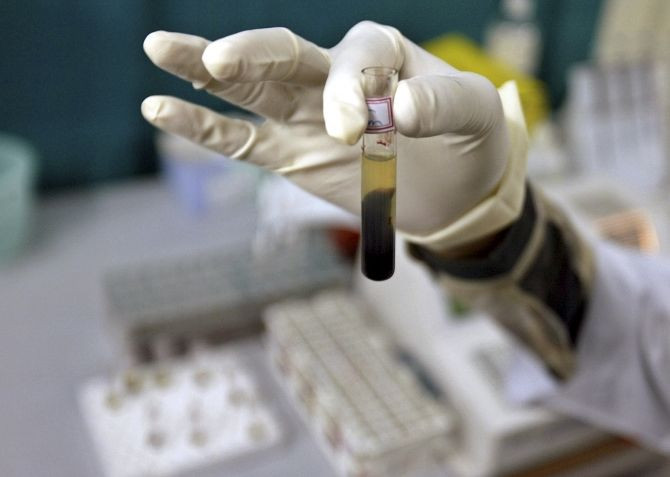World Hepatitis Day Sheds Light on This Chronic Disease

In honor of the fourth annual World Hepatitis Day, it's time to discuss the good, the bad and the chronic that has been the calling card of the disease.
According to the Centers for Disease Control and Prevention, though there are five types of hepatitis, which is a viral infection which causes inflammation of the liver, the most common ones are A, B and C.
Hepatitis A (HAV) lasts from a few weeks to several months. It does not lead to chronic infection. One can get the virus by ingestion of fecal matter, consumption of contaminated food or drinks or person-to-person contact.
Hepatitis B (HBV) ranges in severity, where it can cause mild illness to serious long-term health effects that can result in liver disease or liver cancer. HBV normally is transmitted through sexual interaction with an infected person through either blood, semen and or other bodily fluids involved during sex. It may also be transmitted by sharing a needle with an infected person or from an infected mother.
Hepatitis C (HCV) may result in an acute illness, but more times it is often a chronic condition that can lead to cirrhosis of the liver and liver cancer. This also is contracted by sharing contaminated needles.
The World Hepatitis Alliance reports both HBV and HCV represent the major threats to global health. For one, both are known as "silent viruses," where one may be infected for years but exhibit no related symptoms. Nearly 520 million people worldwide are chronically infected with either HBV or HCV.
According to Dr. Nick Shackel from the Centenary Institute, past diagnosis of hepatitis involved a biopsy, but with the advancement of medical research and technology, diagnosis can be done more quickly by an ultrasound called Fibroscan, which probes the liver's stiffness.
With current treatment regiments, HCV can now be cleared using drugs, which has helped 80 percent of people within six months to a year. Additionally, Dr. Shackel also stated there will be new drugs in the near future that may bring down the numbers to less than 20 weeks.
HBV, which is also treated with drugs for at least six months but requires ongoing management, because once one becomes infected he or she can never get rid of the virus.
“I tell my patients, ‘You’ll always have the virus but we can control it’.” Understanding when to start, stop and change treatments in individual patients with hepatitis B is one of the major problems with this disease,” he said.
Dr. Shackel is presently researching protein markers that can be used to predict the advancement of the disease. He hopes that doctors will be able to make the distinction between those who are likely to develop cirrhosis or liver cancer from those who has a milder version of the virus, and then be able to personalize treatments.
“We should be able to provide the minimum treatment for the maximum response and that will not only provide hepatitis patients with a better quality of life, but also will save money and medical resources."



























